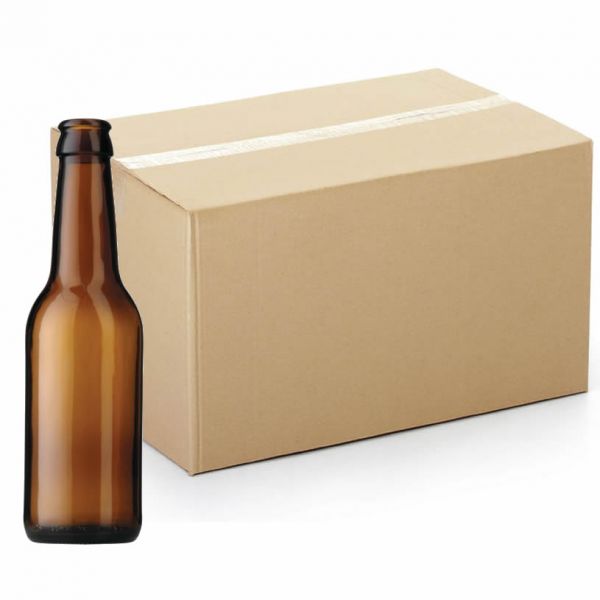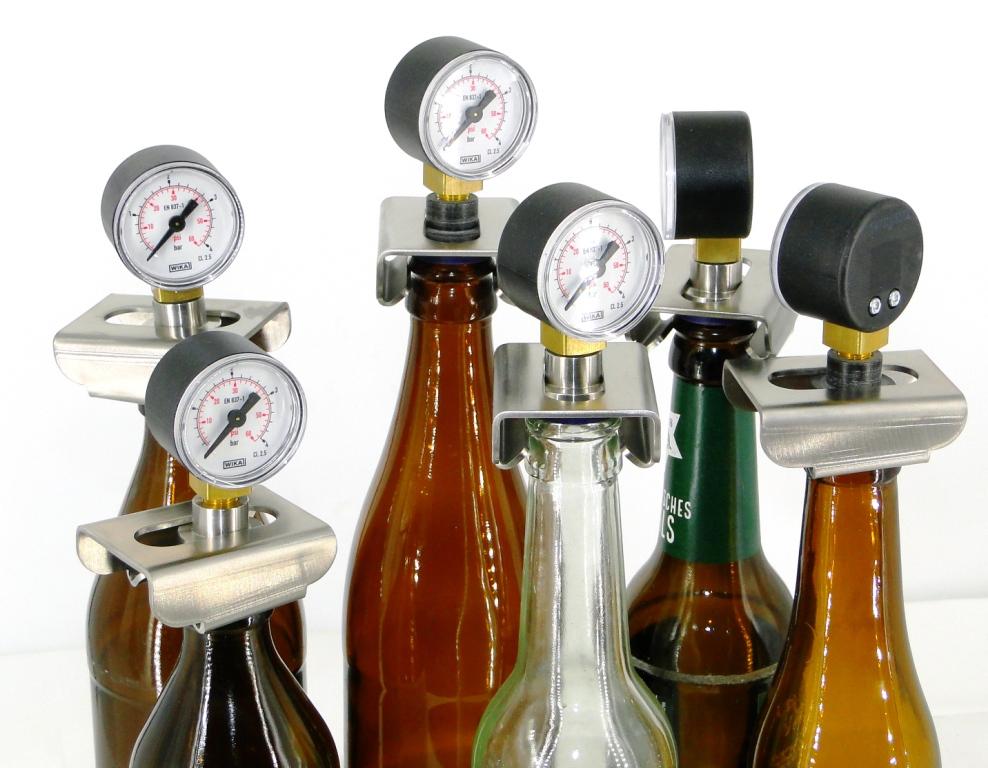Bottling
Bottling beer requires care and precision. After fermentation, the beer is filled into cleaned bottles. Food, sugar or carbonation drops are added to these bottles to enable secondary fermentation and thus CO2 formation in the bottles.
Unpressurised bottling (secondary fermentation in the bottle)
A bottling tube is perfect for unpressurised bottling. The tube enables almost foam- and oxygen-free bottling by filling from the bottom of the bottle. It fits every drain tap of the Braumarkt fermentation buckets and is otherwise easy to attach with hoses to all non-pressurised fermentation and filling containers.
Before filling the beer, make sure it is clean to avoid possible infections! Disinfect both the drain tap and the filling tube with rubbing alcohol.
Sugar/wort dosage
To ensure that the yeast still has enough nutrients available for CO2 production, we add sugar or wort to the bottles.
If you use household sugar, you can orientate yourself around 6 to 7 g/L, whereby different beer styles have different standard CO2 contents.
To use wort, remove part of the wort during the brewing process before adding the yeast and freeze it. When the beer is ready to be bottled, the wort is thawed again, placed in a vessel and the beer to be bottled is added. The amount of wort required can be calculated using online calculators.
For the easiest and quickest way to carbonate your beer, you can use Carbonation Drops! These are sugar balls that are adapted to the amount of sugar in 0.33 litre bottles and save you the hassle of weighing.
Corking
When corking, make sure to spray the crown caps with rubbing alcohol beforehand to prevent infection of the beer.
Choose the right cork size for your bottles. 26mm⌀ corks fit all 0.33L and 0.5L bottles, while 29mm⌀ corks are suitable for 0.75L bottles.
You can attach a pressure gauge to one of your bottles to check the CO2 pressure build-up! When using swing-top bottles, the pressure can be released if the bottle pressure is too high by moving the lid a little.
Filling option with CO2 pressure in the bottle
If you want to fill your bottles oxygen-free, you should use a pressurised filling system. This has the decisive advantage that oxidation in the bottles is avoided, as well as the option of bottling from a pressurised container. This means that your beer will ultimately keep for longer.
During pressurised filling, the bottle to be filled is first flushed with CO2 to remove the oxygen and set the same pressure as the beer so that it does not foam up during the filling process. The Tapcooler with its many adapters and application options or a filling system from ENOLMASTER with one or four filling heads are suitable for this.
| | | | Cannular Compact Canning Machine | |
| | | (Can with attachments possible) | | |
| | | | | |
| | | | | |
| | | | | |
| | | | | |
Braumarkt Beer Brewing Guide














